
Students learn useful, reliable ways to locate materials for personal, academic or professional research projects on NYTimes.com.
- Provider:
- New York Times
- Author:
- Holly Epstein Ojalvo
- Date Added:
- 06/24/2019

Students learn useful, reliable ways to locate materials for personal, academic or professional research projects on NYTimes.com.
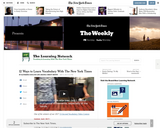
This resource from the New York Times includes a variety of lessons, ideas, and resources to teach students to new vocabulary.

This article from 1914 covers the Paris Opera House perfromance of dancers from the Imperial Theatres of Moscow and St. Petersburg. It contains quotes from Serge Diaghileff.
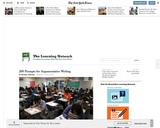
This resource contains a list of questions for students to answer in argumentative or persuasive essays.
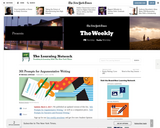
This resource from the New York Times contains 301 prompts and connections for student discussion and arguementative writing.
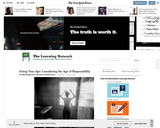
Students participate in a fishbowl discussion about various legal situations related to the "age of responsibility" and contribute their ideas and arguments on the matter to a Learning Network Student Opinion blog post. This resource from the New York Times discusses what standard(s) society should use to determine when a youth should be treated as an adult.

This article is a supplement to the primary lesson from the New York Times lessons.

This article in the New York Times covers this year's DanceAfrica festival and it's "revered and beloved" founder and master of ceremonies, North Carolina's own, Chuck Davis.

After losing costumes and sets to Hurricane Sandy, the Martha Graham Dance Company rebuilds, recreates and reinvents itself. It is the companion article to the video, Martha Graham: Myth and Transformation.

This 1982 srticle reports on a program in which the late choreographer, Alvin Ailey, taught movement to blind students.
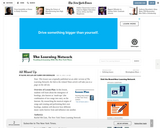
Students will learn about the emergence of bootlegs, also known as 'mash-ups' (the combination of two songs into one), on the Internet. By researching the musical origins of songs and creating and performing their own bootlegs, students will discover how different music styles borrow from and influence one another.
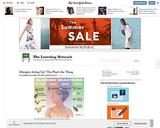
Students conduct a one-question interview to gather data on how much their classmates know about and are affected by allergies. Then, they work in groups to create a play to teach one another, and others in the school community, about allergies, including how the immune system works in people with and without allergies.

Students examine the relationships between and among powers inside and outside Afghanistan in connection to United States military aggression in the territory.

This is the news article which is attached to the lesson plan of the same name.
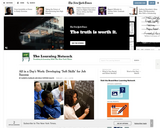
Students distinguish between "hard" and "soft" skills that are needed in the workplace and engage in activities that help them practice those skills. They then create a handbook of rules for the workplace for peers.
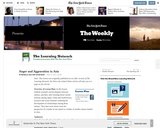
Students examine current disputes between nations, and then, after learning about current tensions among Japan, China and South Korea, research and create timelines outlining the development of relationships among these nations. They then write letters from the perspective of a leader of one nation to a leader of another nation studied in class.

This resource from the New York Times has students explore the play Antigone and a Spanish flamenco dance company's adaptation of the play. The lesson includes activities, graphic organizers and writing assignments.
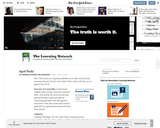
Students reflect on their reactions to practical jokes. They discuss the social function and personal benefits of practical jokes by contrasting good jokes with bullying and harassment. Then, they create mock scenario proposals for a good-spirited prank television show episode.
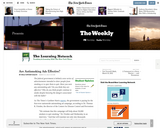
This is a supplemental article that discusses the use of antismoking advertisements to deter teens from smoking. The article addresses how for the first time the federal government is paying for new series of advertisements intended to deter people from smoking or to spur them to quit.

This article explores the question of fate versus free will and discusses how scientists have studied this dichotomy intellectually, psychologically, and culturally.